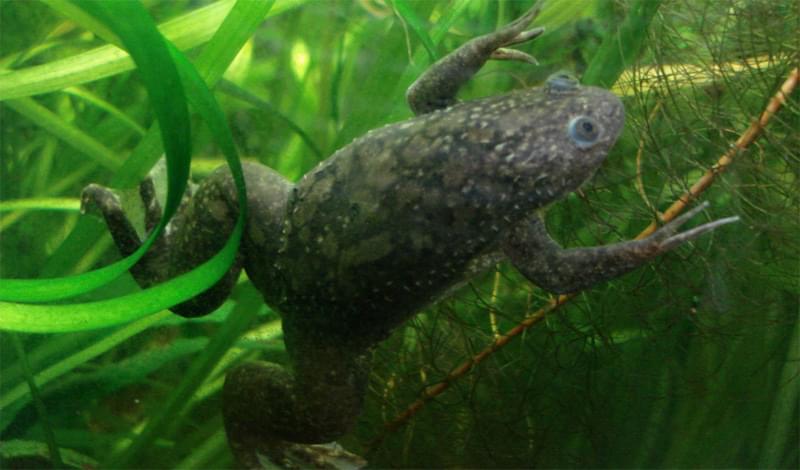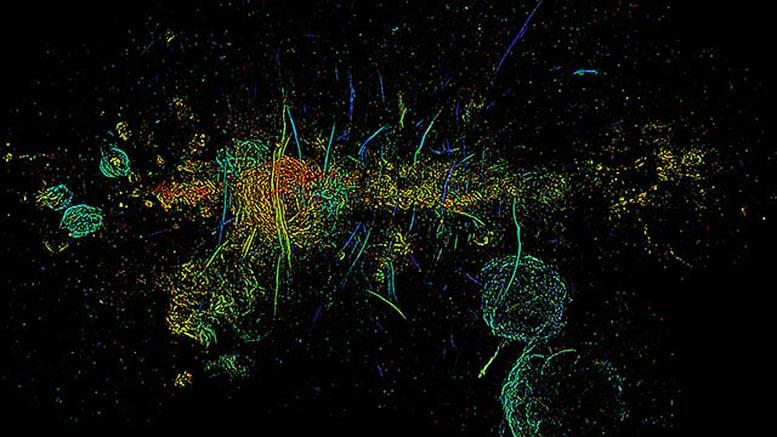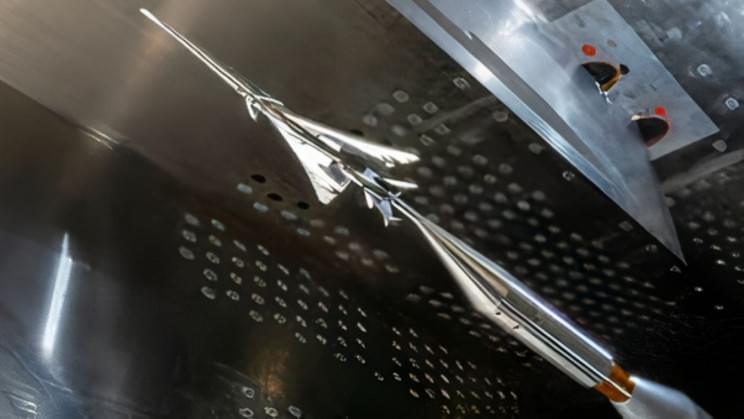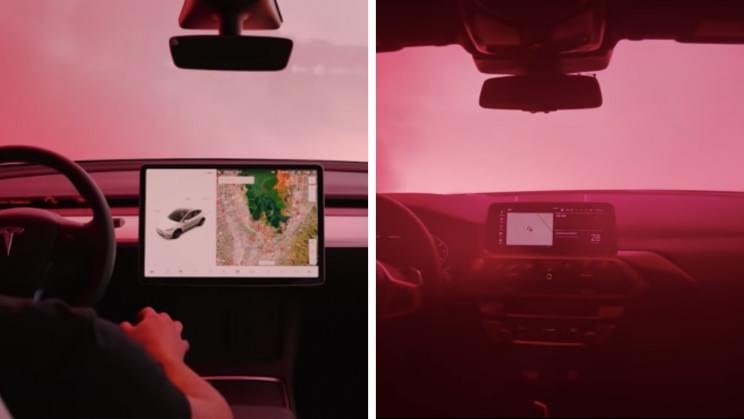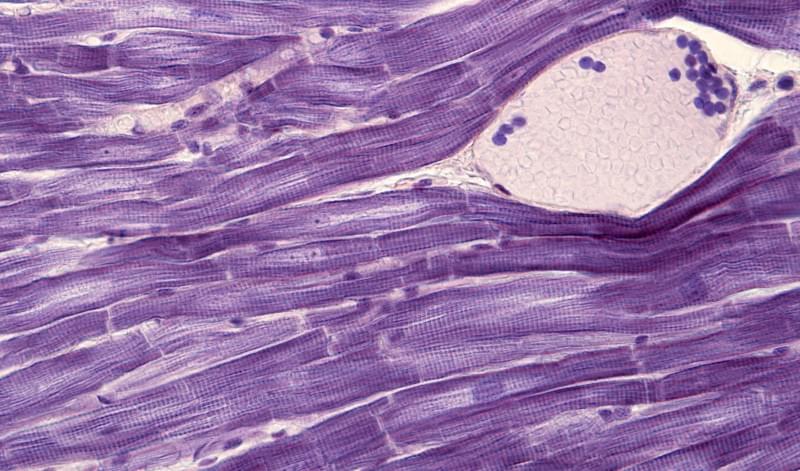The amazing thing about radio transients is that if you have enough frequency coverage, you can work out how far away they are. This is because lower radio frequencies arrive slightly later than higher ones depending on how much space they’ve traveled through.
Our new discovery lies about 4,000 light years away—very distant, but still in our galactic backyard.
We also found the radio pulses were almost completely polarized. In astrophysics this usually means their source is a strong magnetic field. The pulses were also changing shape in just half a second, so the source has to be less than half a light second across, much smaller than our sun.

